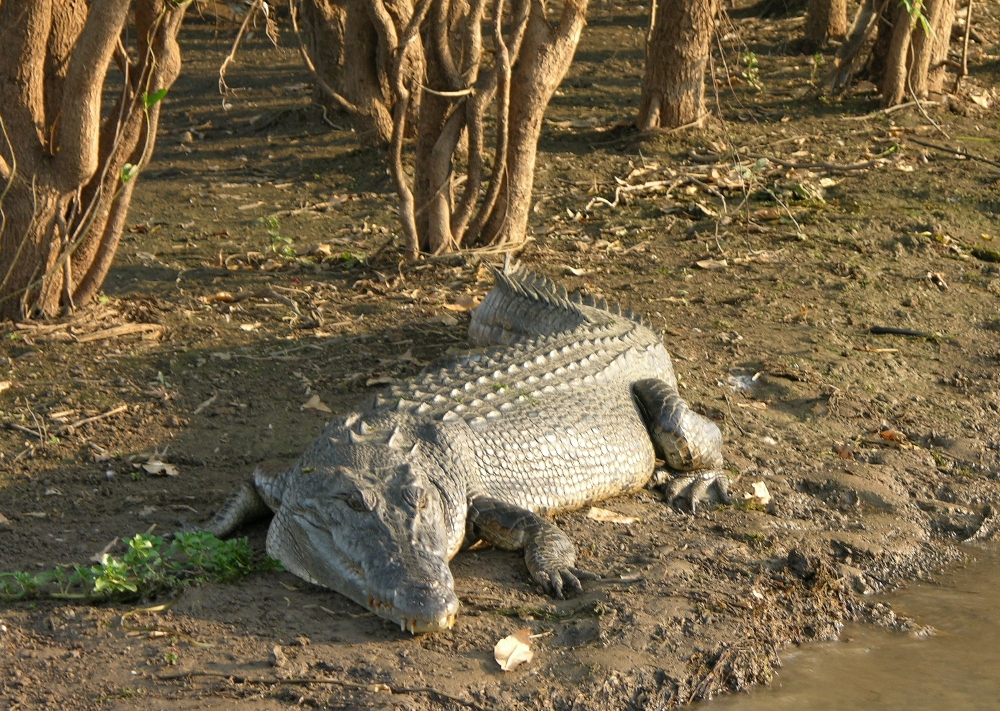Dispersal is a different type of “migration.” There may be negative reasons for it—usually overcrowding—but it doesn’t have the violent upheaval characteristics of being a refugee or displaced person. I wrote about the dispersal of cattle egrets, crocodiles, and the amazing journeys of the Polynesians in “Voice of a Voyage: Rediscovering the World During a Ten-year Circumnavigation.” Here are a few, brief excerpts.
“Native to Africa their [cattle egrets] expanding range is well documented. In the late 1800s, they apparently left West Africa and crossed the southern Atlantic to settle on the northeast coast of South America. In 1933, they were in southern Australia; in the 1950s, southern France, the Volga Delta, Mexico, Belize, Honduras, Guatemala, Newfoundland, Hawaii, New Jersey, Massachusetts. By 1977, they had spread all the way down to Tierra del Fuego, and their range continues to expand.”
“These birds have always been travelers with a purpose. Juveniles commonly disperse after breeding season. These characteristics were helpful for this later extreme dispersal. One of the interesting aspects of their dispersal is that it was done in big chunks, not a short trip here followed by another jump a little farther. These birds were on a mission. For them, it related to survival of their species.”

A Cattle egret, often seen following or hitching a ride on the back of a foraging animal, because of the insects churned up by their hooves.
“This concept of dispersal led me to the Saltwater crocodiles (Crocodylus porosus) of the Solomon Islands, which have been dispersing for the same reason: survival, but from quite different causes. The relatively recent rapacious logging of many of the Solomon islands—much of it sent to China for making plywood—carries silt into the estuaries, creeks, and edges of the sea that are the habitats of the salties. To collect these logs, ships and boats churn up the waters that used to be wild. And so the crocs move on a little, but people get in their way.”

A croc we observed, but this one is in Australia, although we did see several in the Solomons too.
I included additional information about the lives of these salties, but here I’m focusing only on moving on. The Polynesians as a race of Homo sapiens were extremely adept at that. I’ll write about them in my next blog.
